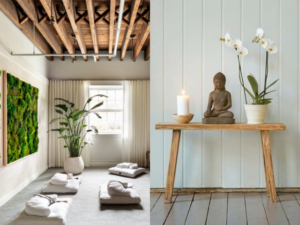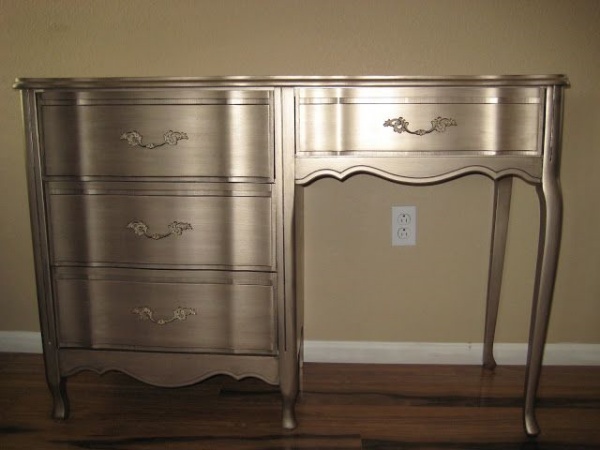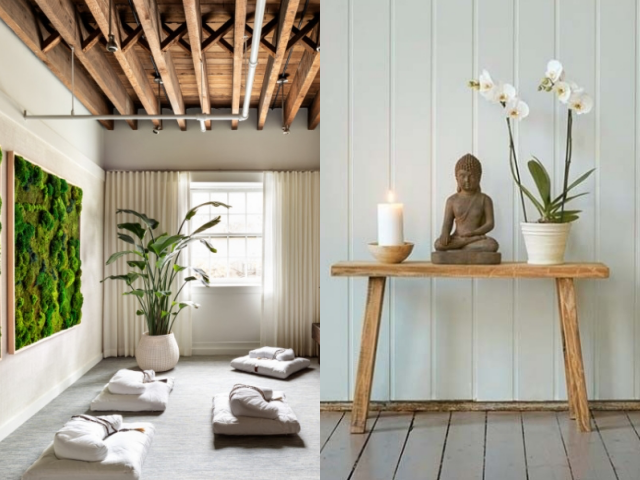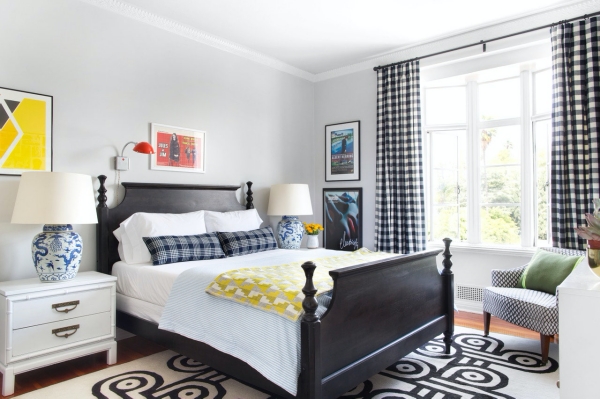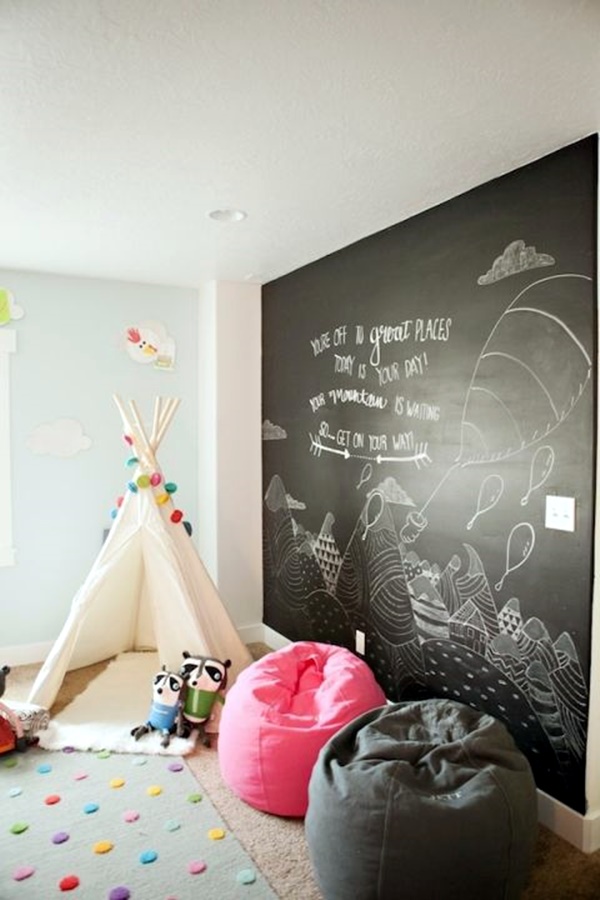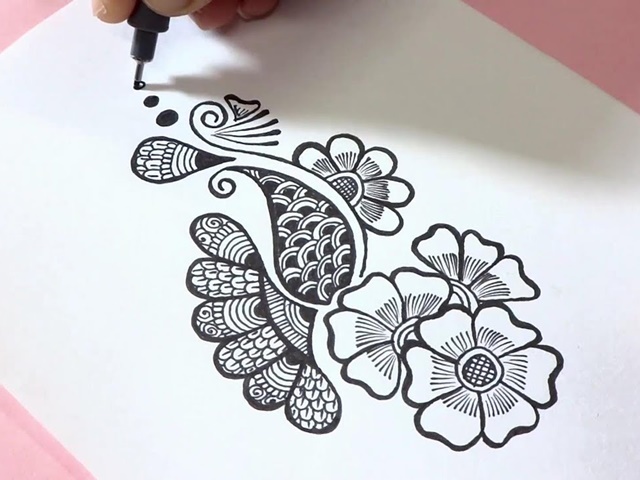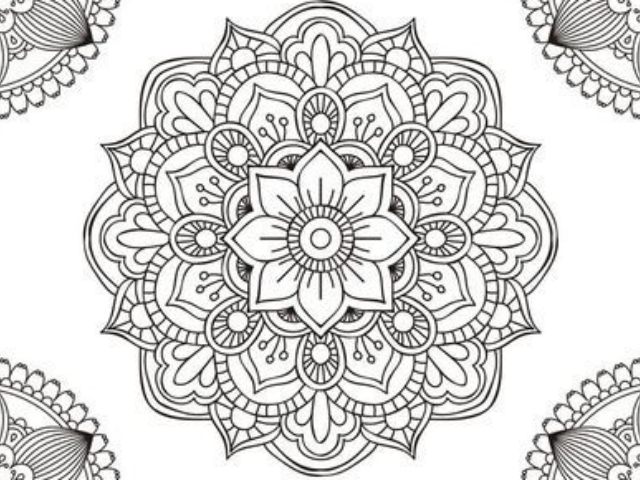Moving to a new home brings its fair share of challenges—packing, logistics, and the stress of change. But it also opens the door to something exciting: the chance to reimagine your space and create a home that truly reflects your style and the way you want to live. Plus, if you’re moving into a house you own, this is more than just a change of address—it’s a fresh start and a rare opportunity to design the home of your dreams from the ground up.
Whether you’re starting with a blank canvas or bringing old pieces into a new setting, this post-move phase is the perfect time to transform your space into something personal, functional, and beautiful.
This article offers some practical and creative steps to help you make the most of this transformative period. Let’s begin!
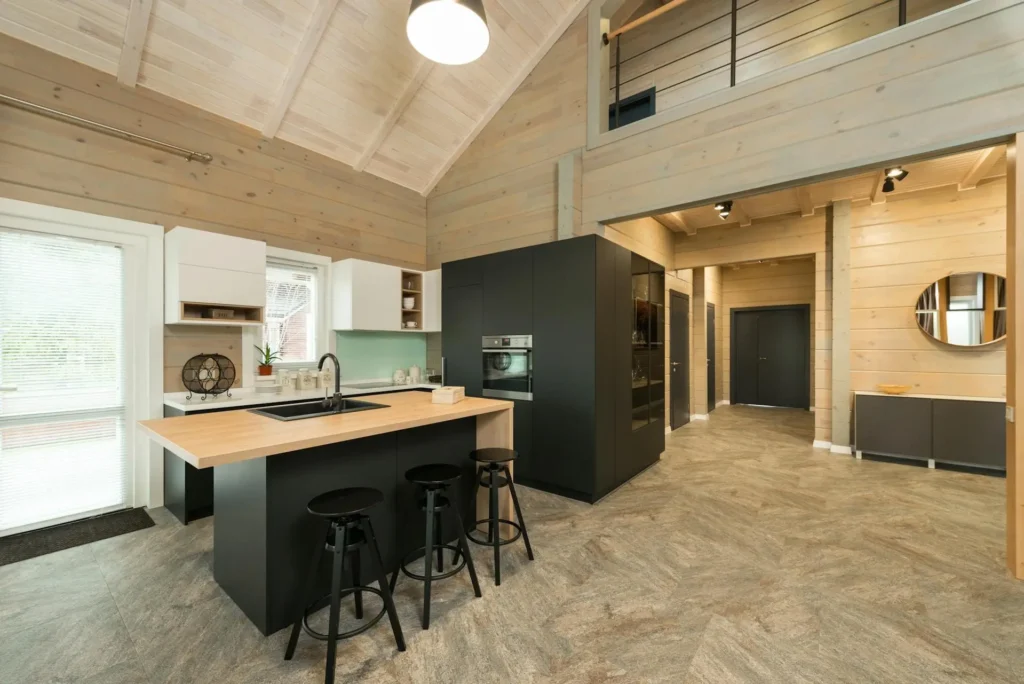
How to Design Your Dream Home with a Post-Move Makeover?
1. Bring in the Experts: Interior Designers and Relocation Services

One of the best decisions you can make during a home makeover is to bring in professional help. Interior designers are trained to understand how space, light, materials, and color come together to form a cohesive design.
They can take your design ideas and elevate them, making sure your home doesn’t just look beautiful but also functions well for your daily life.
Good designers also help you avoid costly mistakes, like buying furniture that doesn’t fit or choosing colors that don’t work in your lighting.
In recent years, specialised interior design relocation services have also become more popular. These companies do more than just move your belongings—they often partner with interior designers to streamline the entire setup process.
From delivering your furniture to assembling it in the right room, these services take the hassle out of moving and help ensure your home feels livable from day one. If you’re juggling work and family or just feeling overwhelmed, hiring a relocation service with design experience can save you time, energy, and frustration.
2. Assess What You Already Own
Moving into a new home doesn’t mean you need to replace everything you own. In fact, this is the perfect time to reevaluate your belongings and decide what truly fits your new space and style. Walk through your furniture, décor, and even kitchenware with a fresh eye. Keep what you love and what works. Let go of what doesn’t.
Some items might find new life in different roles or rooms. A side table from the living room might work perfectly in your entryway. A worn-out chair might just need reupholstering. By editing thoughtfully, you not only save money but also avoid cluttering your new space with things that don’t serve a purpose.
3. Plan One Room at a Time
Trying to decorate an entire home at once can feel overwhelming and expensive. To keep your momentum and stay focused, plan one room at a time. Start with the areas that will impact your daily life the most—usually the bedroom, kitchen, or living room. Give each space the attention it deserves, and resist the urge to rush.
Working room by room also makes budgeting easier. You can allocate resources more effectively, taking the time to research the best options instead of making hasty purchases you might regret later.
4. Choose a Cohesive Color Palette

Color plays a powerful role in creating a unified feel throughout your home. When done well, a cohesive color palette makes rooms flow seamlessly, even if they each have their own distinct function or design. Begin by selecting a base of neutral tones or soft shades that appeal to you. Then, add accent colors through textiles, art, or smaller pieces of furniture.
Consistency is key, but that doesn’t mean every room needs to look the same. Think of your palette as a thread that ties the house together, offering variety without chaos.
5. Invest in Key Pieces
When it comes to furnishing your dream home, resist the temptation to fill every room immediately. Invest in foundational pieces that will stand the test of time—your sofa, dining table, bed, and a few essential chairs. These are the items that get used the most, and their quality will impact both comfort and aesthetics.
Choose well-made, durable items that align with your overall design vision. While these core pieces may require a larger upfront cost, they’re worth it in the long run. You’ll avoid the need for frequent replacements and ensure a consistent look throughout your home. Once you’ve secured the essentials, you can layer in more affordable or trendier accessories like lamps, throws, and accent furniture as your style evolves.
6. Don’t Overlook Lighting

Lighting is one of the most underestimated elements in home design, yet it has a major impact on how a space looks and feels. Each room should have a combination of light sources to serve different purposes: overhead fixtures for general lighting, task lights for specific activities like reading or cooking, and accent lighting to highlight decor or create ambiance.
If possible, make use of natural light during the day by using light curtains or installing mirrors to reflect sunlight. For evenings, consider dimmers or smart bulbs that allow you to adjust the mood with ease.
7. Add Personal Touches
The difference between a styled house and a lived-in home often comes down to the personal details. After the foundational design is in place, focus on elements that reflect your story. Display artwork you love, family photographs, books you’ve read, or mementos from your travels. These pieces bring authenticity and warmth to your space.
It’s not about perfection—it’s about personality. Even a slightly imperfect handmade vase or a vintage find from a flea market can make a space feel unique and lived-in. These touches connect you to your home emotionally, turning each room into a part of your personal narrative.
8. Allow Time for It to Evolve
As eager as you may be to have your dream home fully complete, try not to rush the process. Great design unfolds over time. You’ll learn how you actually use your space once you’ve lived in it for a while. That cozy reading nook might end up being better suited as a workspace. The corner you left empty could become the perfect spot for a plant or floor design lamp.
Allow yourself the flexibility to experiment, rearrange, and refine. Your home should grow with you. By giving it time, you’ll make more thoughtful choices and avoid unnecessary purchases. Some of the best design decisions come not from a plan but from living and observing.
Conclusion
Designing your dream home after a move is one of the most rewarding opportunities you’ll ever have. It’s your chance to step away from the past and shape a living space that reflects your needs, your style, and your future.
The journey from a new address to a true home doesn’t happen overnight, but with thought and creativity, you’ll get there—and love every step along the way.



